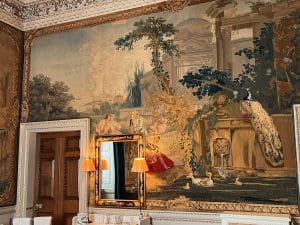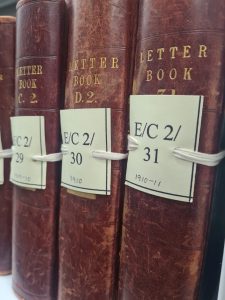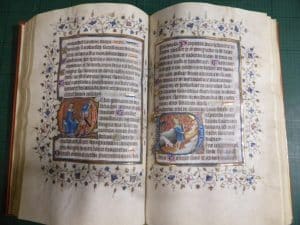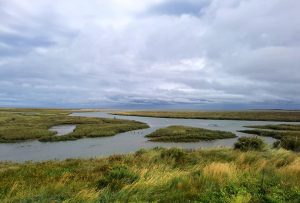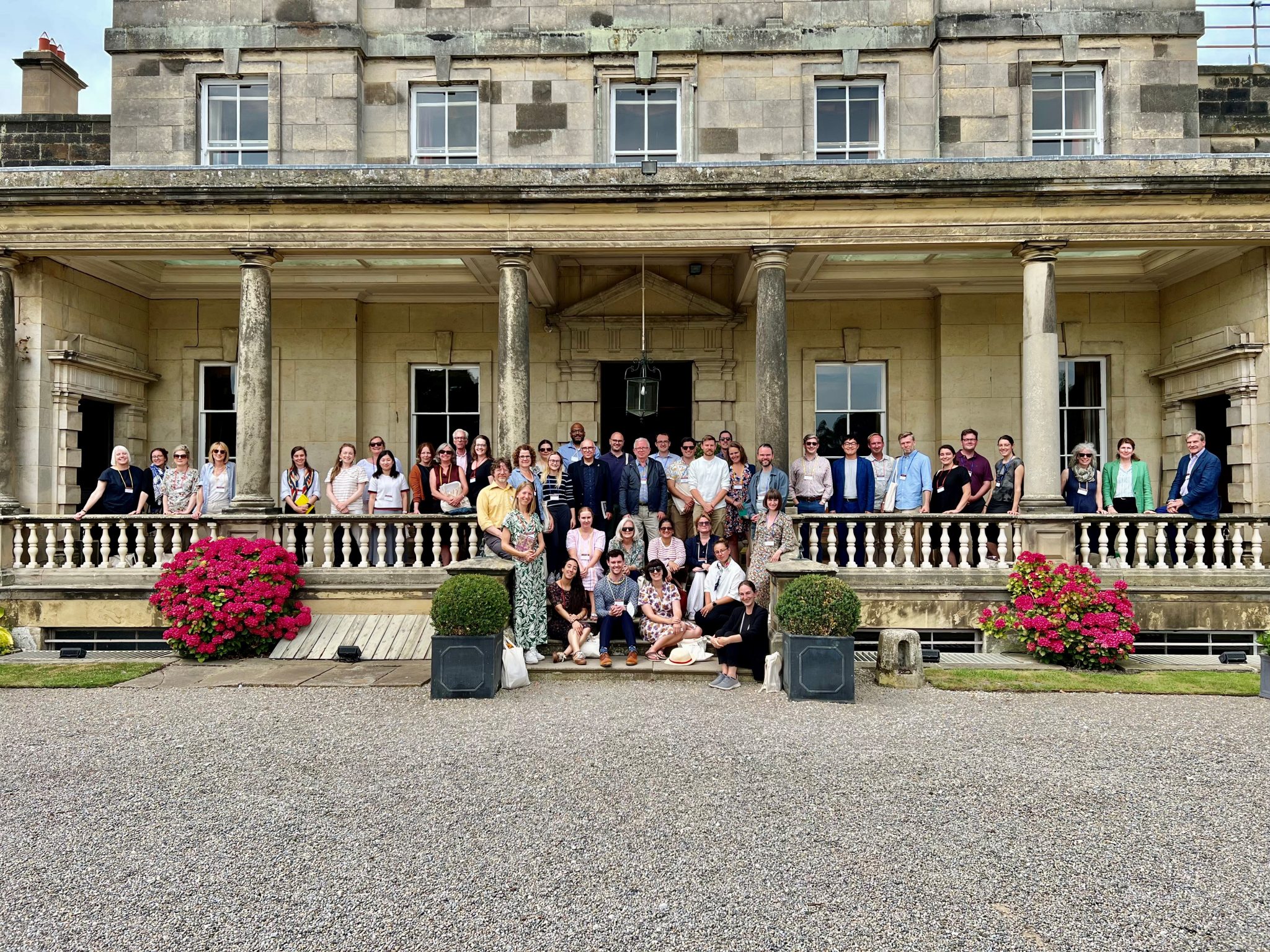
Creating connections at Attingham Summer School
September 26, 2022 | Learning | 6 minute read
The Attingham Summer School first ran in 1952 and since then has offered an opportunity for museums and heritage professionals to learn more about the English Country House. The programme looks to examine the social and architectural history of these houses, their landscape setting, to study their contents and to encourage debate and reflection of the problems of conservations and presentation facing these houses today. This year, our Collections Co-ordinator, Katherine Hardwick, took part. In this journal, Katherine shares her experience of the summer school.
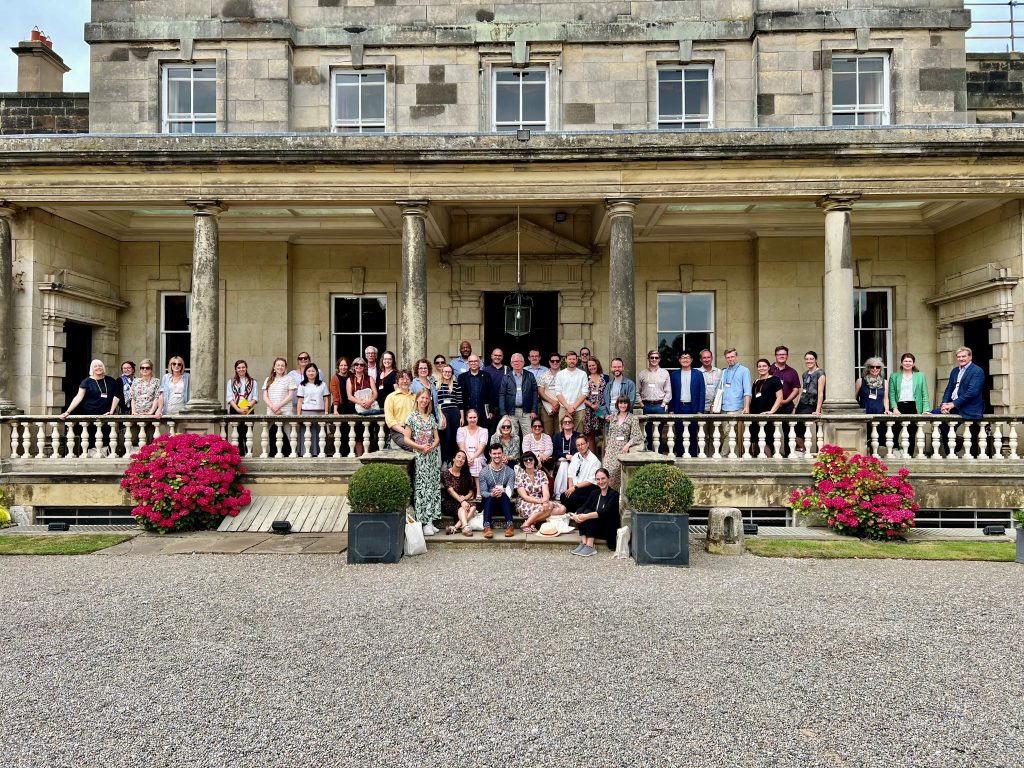
In 2020 I was fortunate to be awarded a place on the Attingham Summer School; for obvious reasons, the course did not run that year, though I remained deep in denial until possibly a week before it should have started. My place was held for 2021, but when that too was covided off, I was not optimistic of the 2022 course going ahead. It wasn’t, in fact, until I actually arrived at West Dean College, Sussex for the first day of the course, that I believed it was finally happening.
For the next 18 days, me and my fellow course mates visited what felt like every house in the counties of Sussex, Derbyshire, and North Yorkshire. On paper, there should be nothing trying about visiting country houses and eating cake for nearly three weeks, but the pace and intensity of the course at times exhausts the humour of even the most die-hard fan. I may never eat cake again. Now when I reflect on the experience of the course, I am able to appreciate what an amazing opportunity it was.
One of the most enjoyable aspects of the course was the ability to participate in hands on, object specific sessions, gaining a physical connection to the objects. Previously my knowledge of ceramics would have filled a postage stamp, but thanks to talks by Rosalind Savill and Patricia Ferguson, I feel I now know enough to begin to engage with Holkham’s porcelain collection – and what resources to use when I inevitably need help. Helen Wyld and Annabel Westman have ignited a passion for tapestry, and we had a fascinating session looking at some of the Chatsworth Old Master Drawings. Both these types of item can be found in the collection at Holkham, and it was useful to increase my knowledge of the objects themselves and the wider context in which they were collected.
The course has been a reminder that country houses do not exist in isolation, but are instead a part of a broad socio-economic network that stretches across the country. Working in a single house, it is often easy to think that the stories you tell and the objects you care for are unique, when in fact they are anything but.
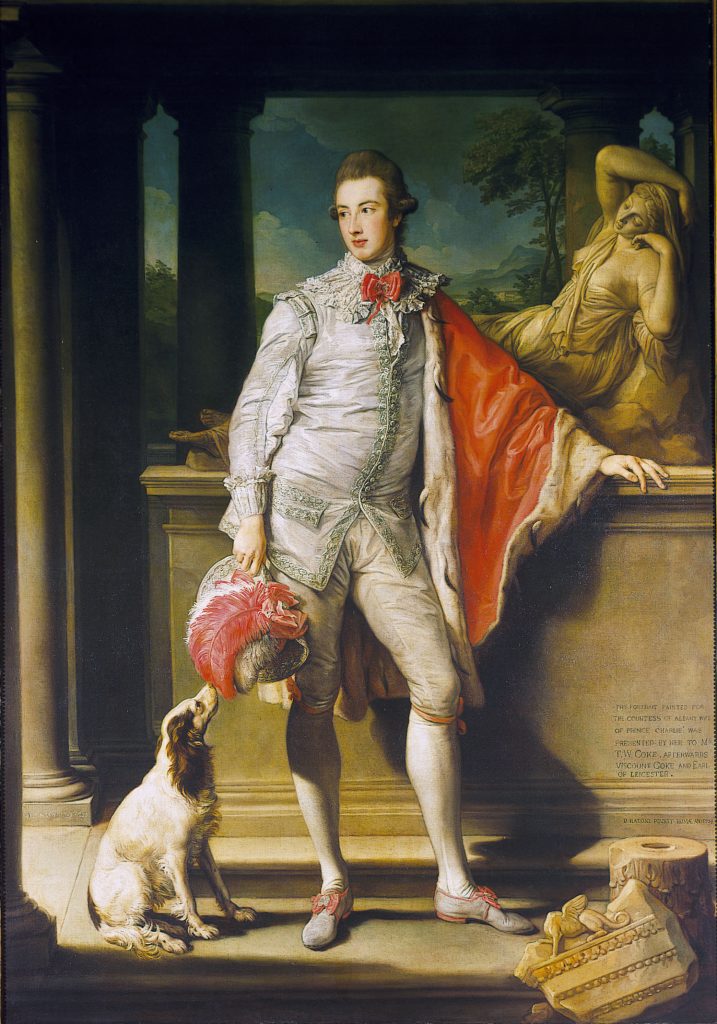
One of the most prominent paintings at Holkham is a Batoni portrait of Thomas William Coke, depicted as a young man on his Grand Tour, dressed in a Van Dyck suit and with the figure of the Vatican Ariadne behind him. Batoni was one of the most popular portrait painters of his day, and that it was the done thing as a Grand Tourist to have your portrait painted by him. It was interesting to see the frequency with which his works appeared in different houses, and what each portrait was saying about its sitter. The dress and props in each portrait were subtly different – though picked from a standard set toolkit – allowing the sitter’s individual personality to shine through. Most pleasing, perhaps, was seeing the Batoni portrait at Newby Hall which had the same figure of the Vatican Ariadne in the background; it is said in the Holkham portrait, she was included as a likeness of an admirer of Coke, so it was good to be reminded that ultimately she was just one prop in Batoni’s studio.
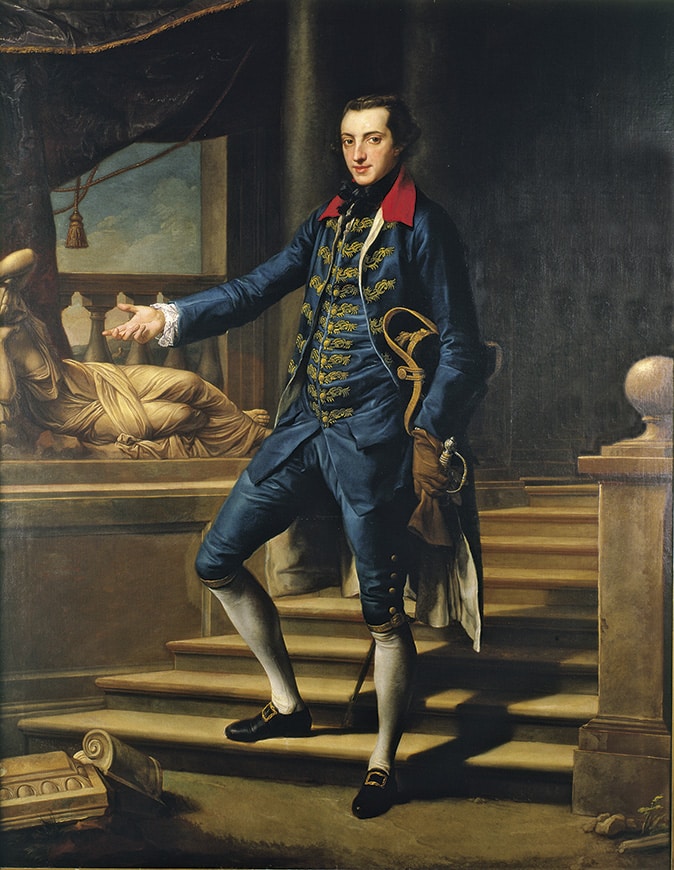
William Weddell by Pompeo Batoni 1766.
Courtesy of Newby Hall and Gardens.
It was also fascinating visiting the different houses and learning about the history of their owners, particularly, understanding the similarities between different properties. One of the most striking for me was at Petworth, and our discussions about the 3rd Earl of Egremont. Through my (basic) knowledge of Petworth, I thought of him as an art collector, particularly his patronage of Turner; but in visiting Petworth, I began to understand the nuances in his passions, not least, his interest in agriculture, and how this was shared with many of his contemporaries. Whilst we were talking in the North Gallery, a comparison to Thomas Coke and his Statue Gallery was drawn, principally in reference to the 2nd Earl of Egremont who had amassed a collection of antique sculpture, displayed in a specially designed gallery. However, I thought it was equally interesting to compare the 3rd Earl of Egremont to Thomas William Coke. Thomas William is best known as an agricultural pioneer, but also commissioned a number of British artists to create works of art for him. His commissioning was not on the same scale as Egremont, but I was struck between the similarity of interests between the two men. This as a timely discovery, as I have just completed a work on the collecting habits of Thomas William Coke, and now hope to enrich it with a brief comparison of him and Egremont.
The most meaningful benefit of the Summer School however – and the one that cannot be recreated – is through the connections to people. It was a wonderful opportunity to meet and engage with some of the leading experts in their field and to physically meet those I have previously met only virtually, either through email correspondence, social media, or zoom seminars. After two years of online networking, it was refreshing to return to in person dialogue and debate. With such an interested and intelligent group, I felt I engaged with the houses in a more critical way, being challenged, and engaging with perceptions that are not my own. I hope to keep contact with colleagues from the course – a Whatsapp group has (obviously) already been established, so watch this space!
Back to Journal Back to Journal